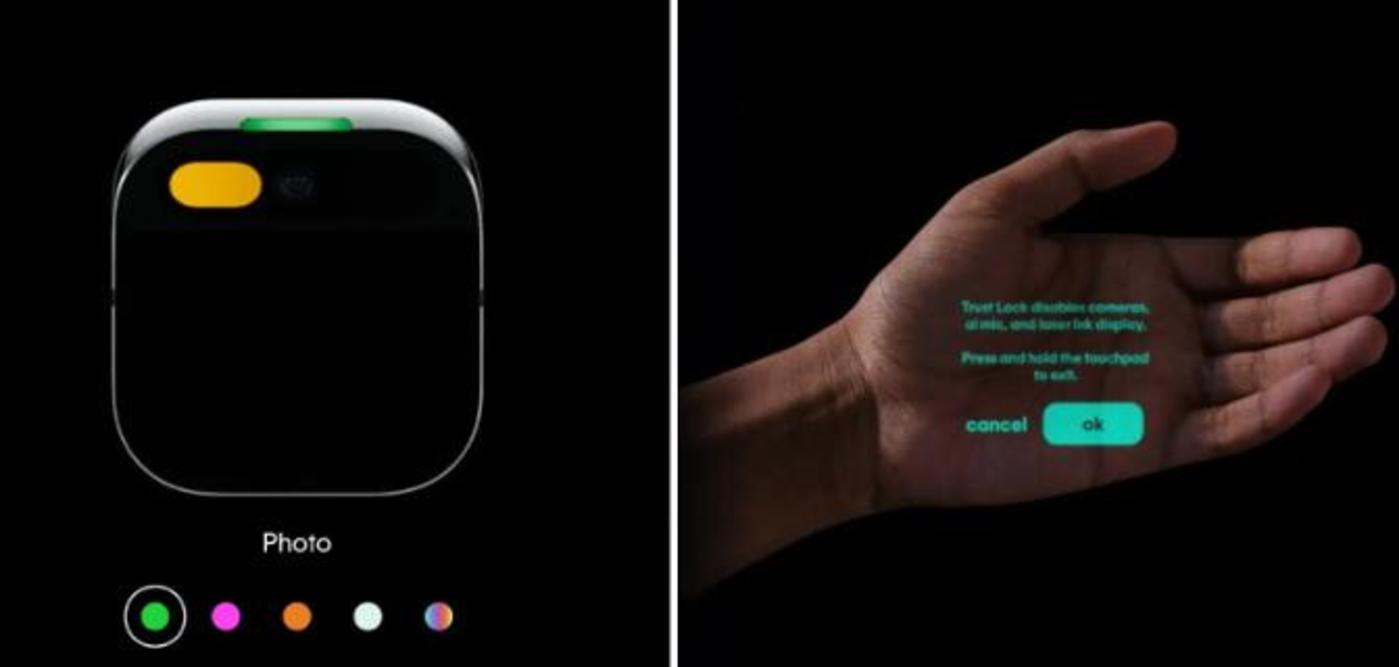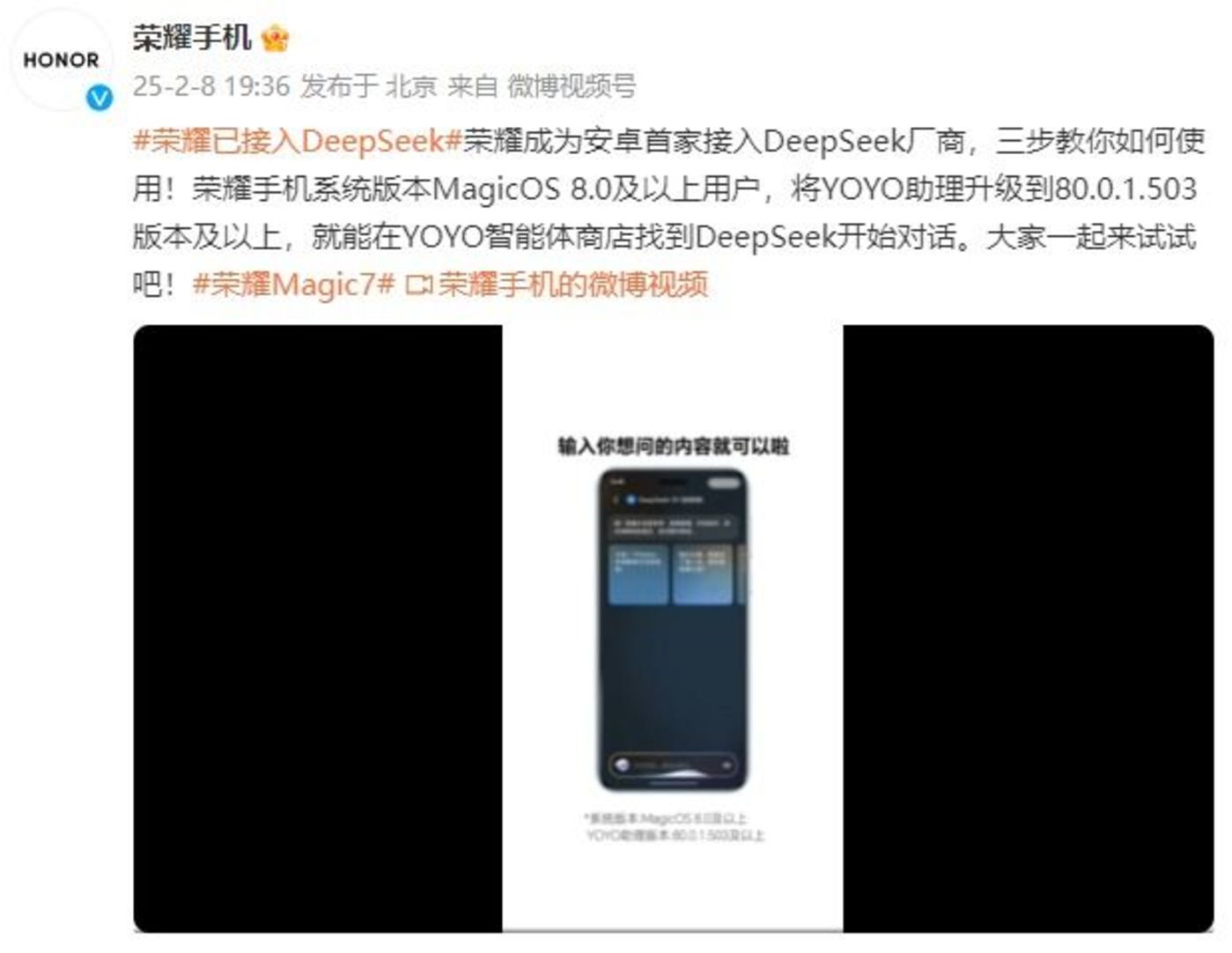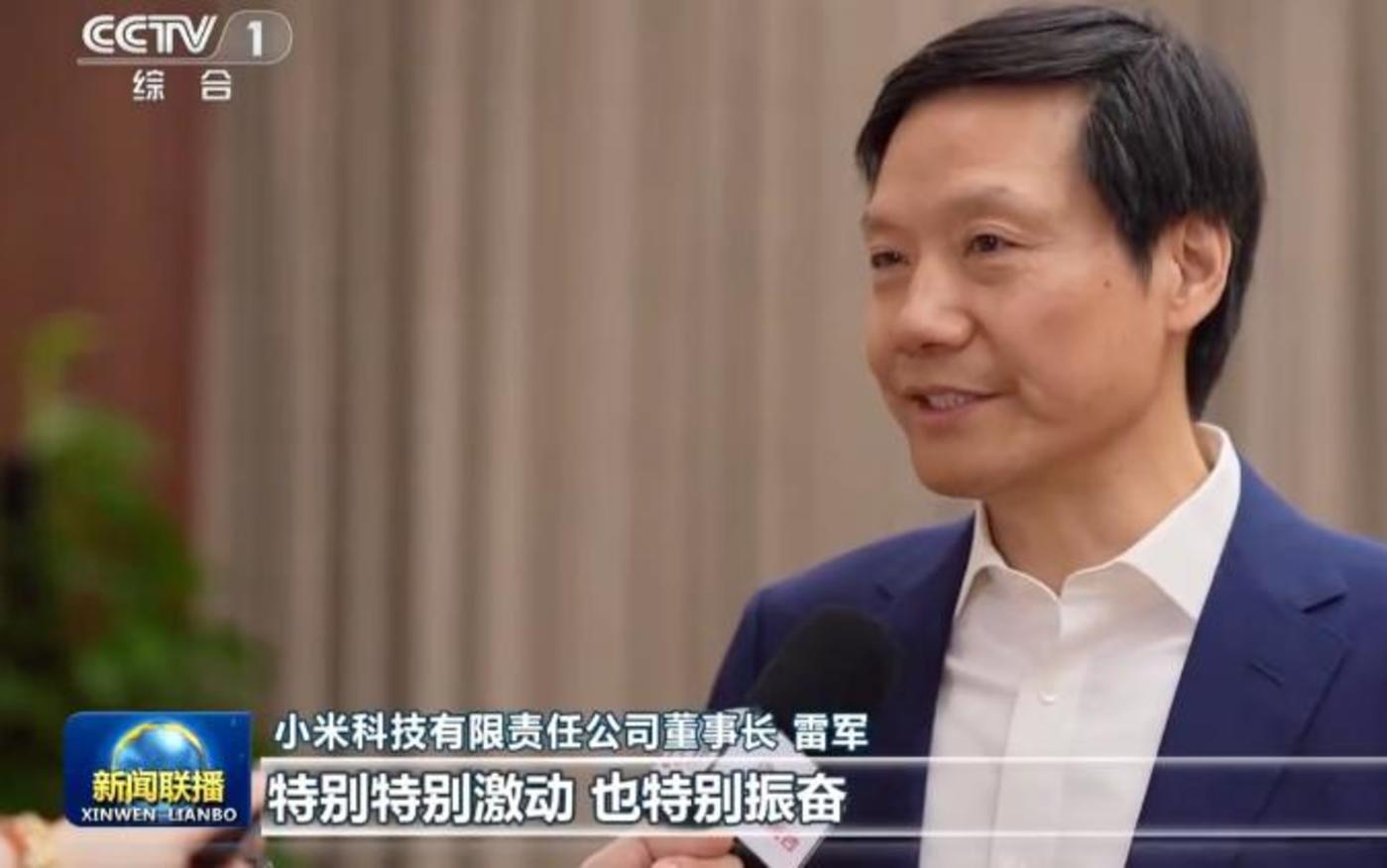Wen| Pacific technology
Today, artificial intelligence device manufacturer Humane announced that it will sell key artificial intelligence capabilities to Hewlett-Packard for a transaction value of up to US$116 million (approximately 845 million yuan).
After the transaction is completed, Humane will stop selling its product AI Pin, stop all services at 3 pm (EST) on February 28, and delete all photos, videos, and notes on the device.
The once-popular pure AI hardware equipment turned into a bubble.
The rise and bubble of pure AI hardware
In addition to Humane ‘s AI Pin, you may have also heard of Rabbit R1, a pocket AI device from American startup Rabbit. It was unparalleled when it was launched, and was discovered when it was released with an Android app. Although the experience is a little better than AI Pin, it still has many problems, and it is at most an AI intermediary.
“Screenless interaction, voice assistants, and entrances to future life are the selling points of independent AI devices that claim to end the user ‘s hands-on experience through AI technology, but fall into the dilemma of technical idealization being divorced from user needs.

Take Humane AI Pin as an example. It expects to use a screenless, wearable form, combined with laser projection technology and GPT large models, and use gestures and voice to complete all interactions. But in fact, it cannot even achieve the stability of the foundation. The design logic of AI for AI’s sake
Garbage has never come, just need to confirm receipt”
On the TED stage, Imran spent 15 minutes describing a screenless, seamless, and perceivable AI world for users. At the beginning of the business, it attracted support from top investors including OpenAI, Microsoft, SK Networks, and LG Technology.
The Apple style of hardware aesthetics makes the AI Pin stir up waves once it is demonstrated. But as we said before, the poor experience makes users complain about it from the moment they get the AI Pin. MKBHD, a top blogger in the technology circle, rated it the worst product ever reviewed (the worst product I ve ever reviewed for now)”

Humane did not save himself. They released an AI operating system called CosmOS, hoping to build an open developer ecosystem. In October last year, they also lowered the price of AI Pin
Although HP ‘s $116 million price is by no means cheap, compared with Humane ‘s earlier $1
AI hardware relies on the cloud. Once the server is turned off, AI Pin will instantly become a brick. The service-as-hardware model has now become the last straw to destroy user rights.
AI hardware, from independent devices to ecological integration
Perhaps AI hardware should never be a brand new product.
According to foreign media reports, the Humane team, including founders Imran Chaudhri and Bethany Bongiorno, will form a new division at HP to help HP integrate AI into personal computers, printers and Internet conference rooms.
And we can also see in HP’s official documents that this department will be called HP IQ.

Does this look familiar? That’s right, this is exactly the same as today ‘s popularity, mobile phones, cars, Baidu, Tencent, and even township work and medical information in various places are embracing DeepSeek to upgrade the industry and explore the possibilities of AI nbsp;

Only by relying on a mature hardware ecosystem can AI products have the possibility of breakthroughs.
I suddenly remembered Meizu, which announced All in AI at the beginning of last year and launched benchmark AI Pin and Rabbit R1 products at the end of last year. There seemed to be no movement at the end of last year. Maybe they also saw this.
AI does not believe in romanticism
Thousands of sails pass by the side of the sinking boat, and thousands of trees are in spring in front of the sick trees.
On February 17, Lei Jun, chairman of Xiaomi Technology, said in an interview with reporters that he would make up his mind to apply AI technology to various end products so that consumers can experience the better life brought by technology.

The failure of pure AI hardware is, to some extent, a direct collision between technological idealism and market reality. When the industry is addicted to disruptive, unique, and breakthrough narratives, it is easy to overlook user experience, cost control, and building sustainable business models.
Now it seems that the future of AI will not be hardware innovation, but the optimization of existing tools. Compared with the magnificent waves behind the Yangtze River pushing forward the waves before, AI will be a silent change.



